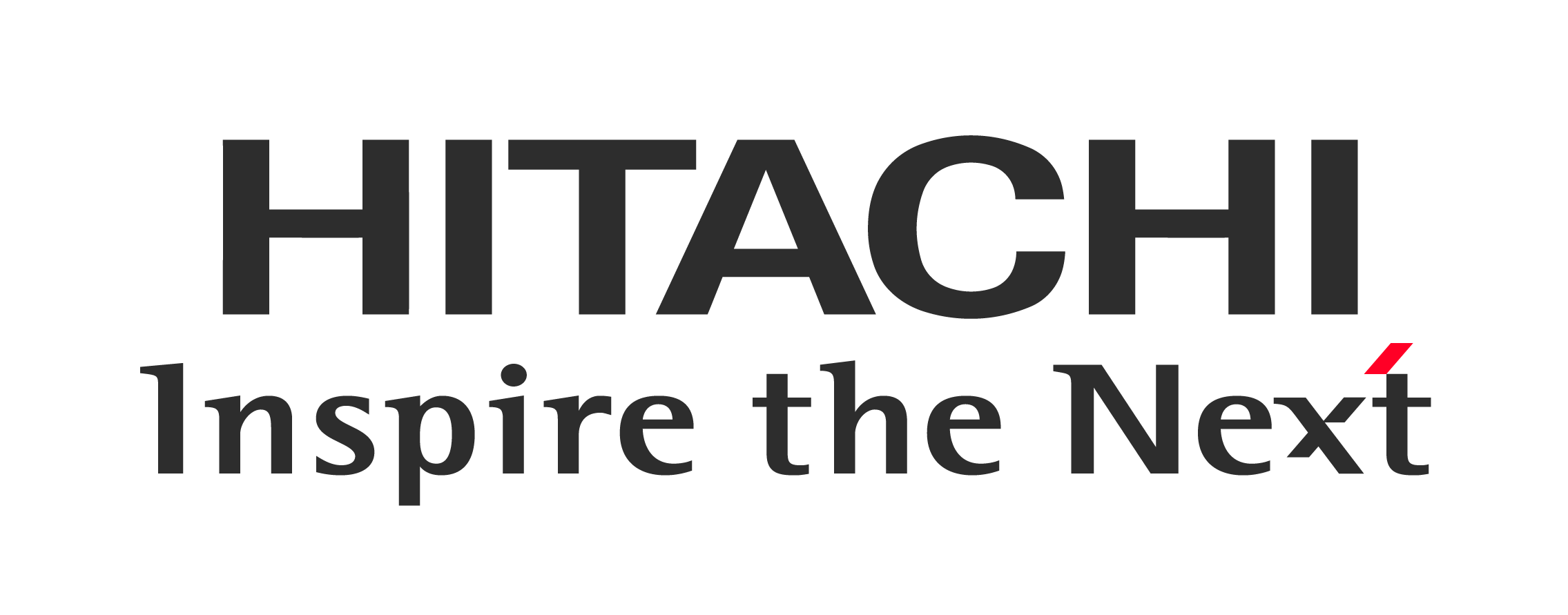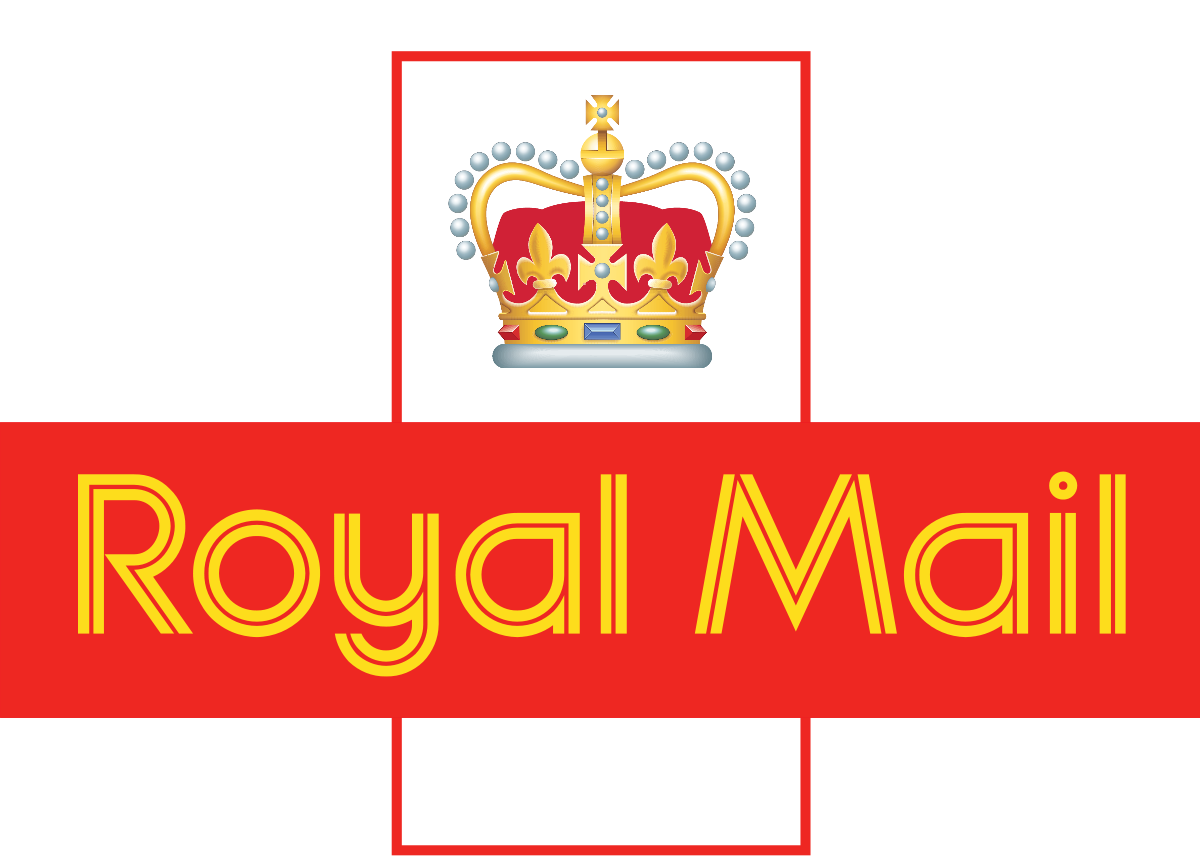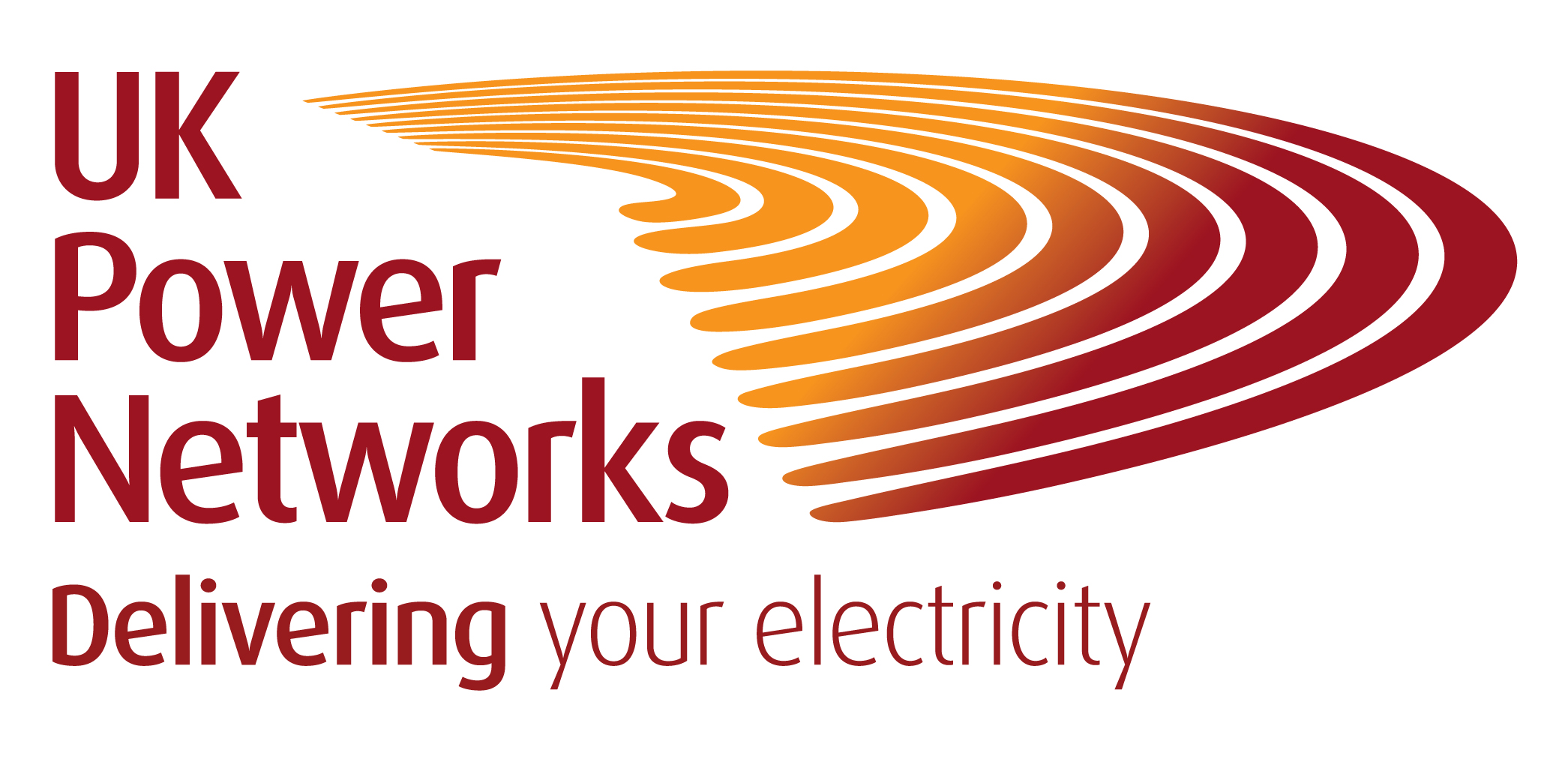Frequently asked questions
Which vehicles will be used in the trials?
The vehicles used in each of the three trials were 100% battery powered electric vehicles (BEVs). The makes and models of the vehicles implemented in the home-charging and depot-charging studies were chosen by the trial partners and included the Vauxhall Vivaro-e, Mercedes eVito, Peugeot e-Partner and e-Expert. A wide range of BEVs took part in the mixed-charging selected by individual drivers on the Uber platform.
What is a ‘profiled connection agreement’?
A profiled connection agreement is a new way for DNOs to allocate capacity to their commercial customers. In such an agreement, the connecting customer is given a maximum electricity demand ‘profile’. This means that the amount of capacity that the customer is allocated changes over the day to meet their electricity consumption needs. A time-variable connection agreement is a new concept - previously capacity has been allocated by using the maximum consumption from the site as a basis for the connection agreement amount. Profiled connections hold benefits for both the network and the connecting customer:
The network can allocate the capacity released (see diagram) to other customers making for more efficient use of the network
The connecting customer benefits from reduces connection costs as (over the course of the day) they are taking up less space on the network
The use of smart-charging to adhere to profiled connections will be explored in the depot charging trial at Royal Mail depots.
Details on the outcome of the profiled connection trials can be found in Deliverable D7, section 2.1.5 and there’s a summary of key findings in our recent news article.
Fleet managers can take the first step in preparing a profiled connection application by using the Optimise Prime Site Planning Tool. This tool will demonstrate whether connection requirements can be minimised with smart charging and profiled connections. Further details about applying for a new connection can be found on the UK Power Networks website.
What are ‘flexibility services’ and how are they valuable to the network?
Flexibility services (or just ‘flexibility’) are procured by DNOs to alleviate network constraints. In a flexibility contract, connected consumers/generators can turn-up/down the electricity they demand/supply to the network when ordered to by the DNO. The DNO then rewards this action with a payment. In the context of Optimise Prime we will be considering two types of flexibility, both achieved through the use of smart charging:
Profiled connections - these connection agreements are a way for DNOs to procure flexibility ‘up-front’
Demand response - the smart chargers deployed in both home-charging and depot-charging trials will be used to turn up/down the electricity demand from the EVs
Flexibility is valuable for DNOs as promotes a more efficient use of the network, and can be used to defer costly network upgrades.
Optimise Prime tested delivery of flexibility at homes and depots and an overview of the results from our trials can be found in Deliverable D7 section 2.1.4 and there’s a summary of key findings in our recent news article. The results from Optimise Prime will inform the development of future flexibility products for EVs - you can find out more about available products at the UK Power Networks Flexibility Hub.
What was the timeline of the project?
The project was originally planned to run from January 2019 - February 2022. In order to allow our partners time to acquire sufficient EVs the project was extended by one year, with the main trial activity running from July 2021 to June 2022. The project came to an end in early 2023, with the publication of datasets in Deliverable D6 and Final Learnings in Deliverable D7.
How was Optimise Prime unique?
Optimise Prime was the first project to specifically address the network challenges of commercial EVs. Commercial vehicles have different operational requirements to domestic vehicles, hence the move to electric will pose different challenges and this required specific investigation. The aggregation of learning across the three trials gave good coverage over different commercial vehicle types and, combined with the outcomes of numerous domestic EV studies, DNOs now have access to far improved understanding of the majority of EV behaviour.
Within the project, the Site Planning Tool allowed ‘self-service’ determination of load profiles by connecting customers to develop a profiled network agreement, optimising both site and network capacity. In addition to this, Optimise Prime will employed a Hitachi Pentaho platform in combination with advanced machine learning techniques to manage and analyse a large volume of data from EVs and chargers. The processing of such quantities of data allowed for the development of sophisticated predictive models, mapping charging behaviour all the way through to network effects alongside UK Power Networks’ Distribution Future Energy Scenarios.
How is Optimise Prime beneficial to the public?
By testing ‘profiled connections’, ‘smart charging’ and ‘flexibility services’ we were able to understand how we can reduce the impact of EVs on the network. This will enable investment to be deferred and existing infrastructure to be used better which will reduce the costs of network reinforcement which, in turn, will keep electricity bills lower, and allow the transition to EVs to be made more quickly.








